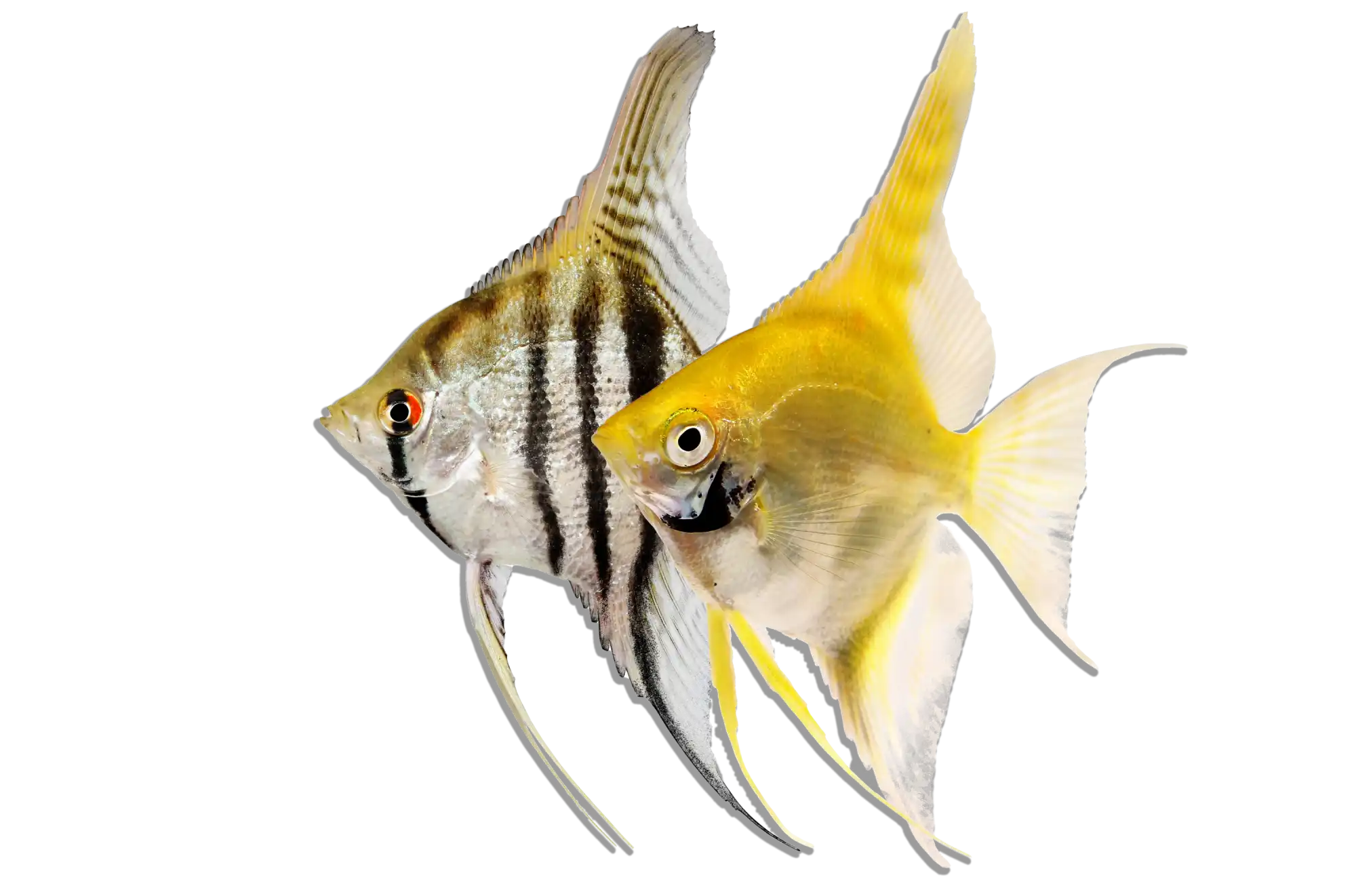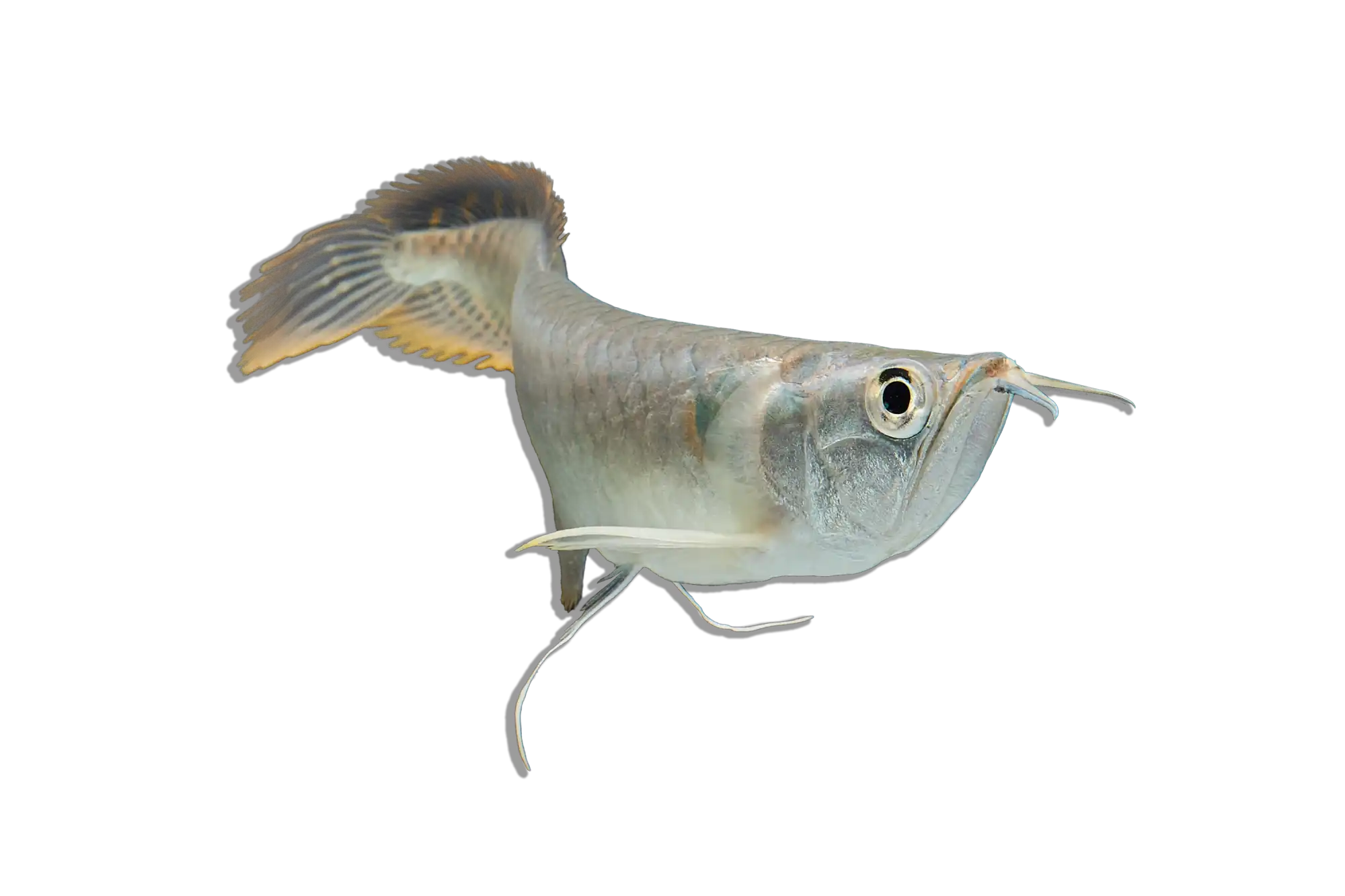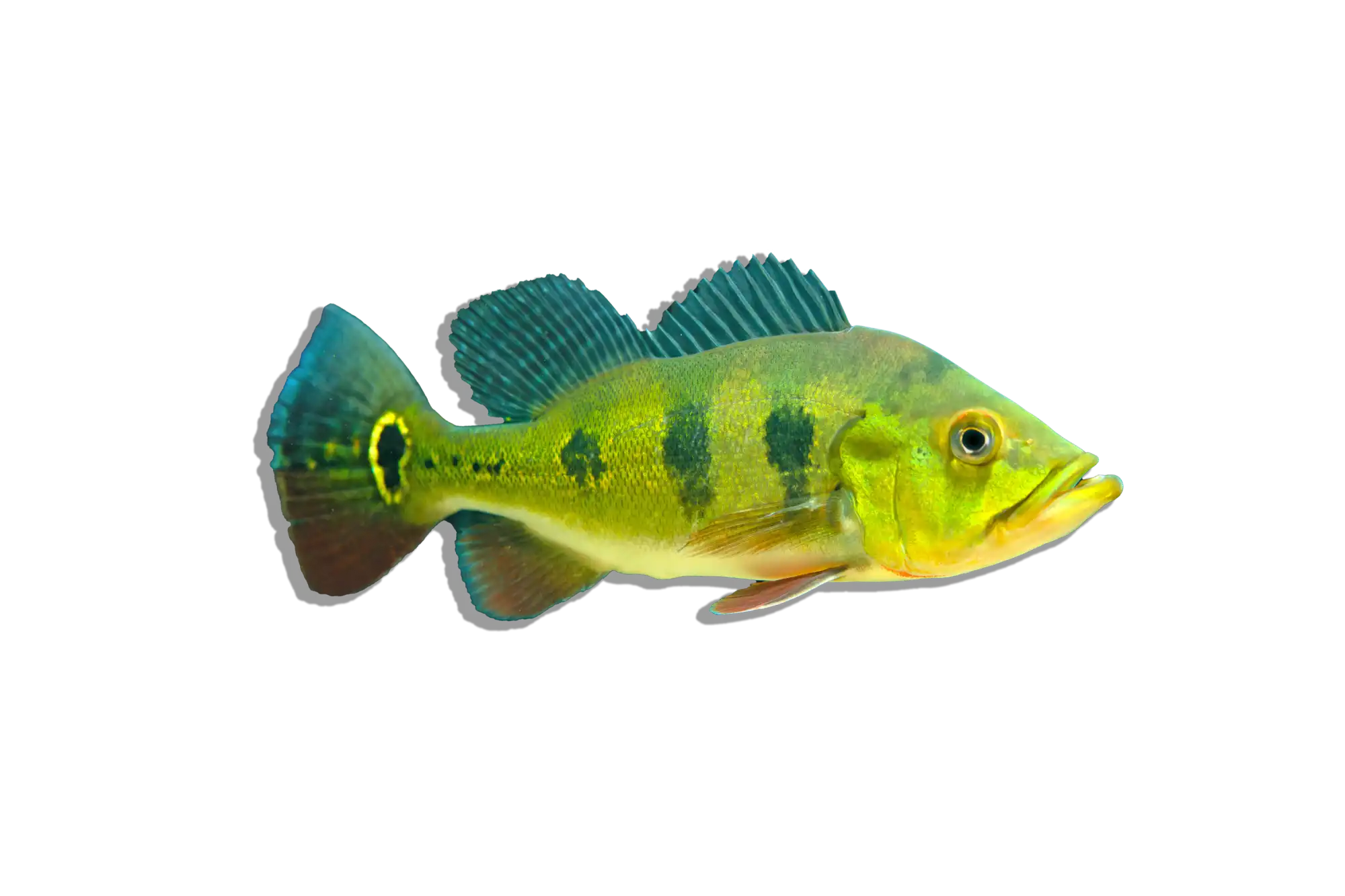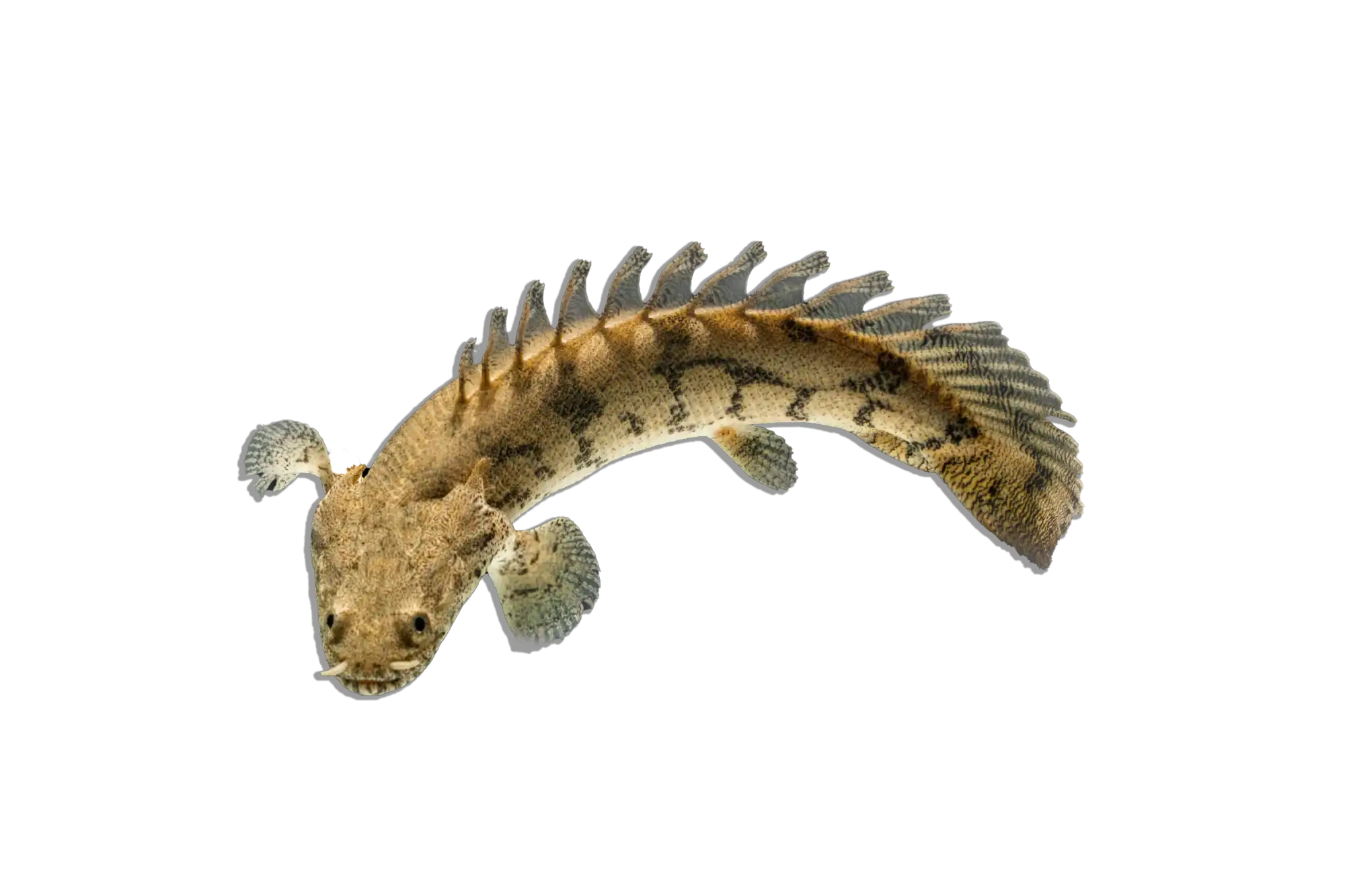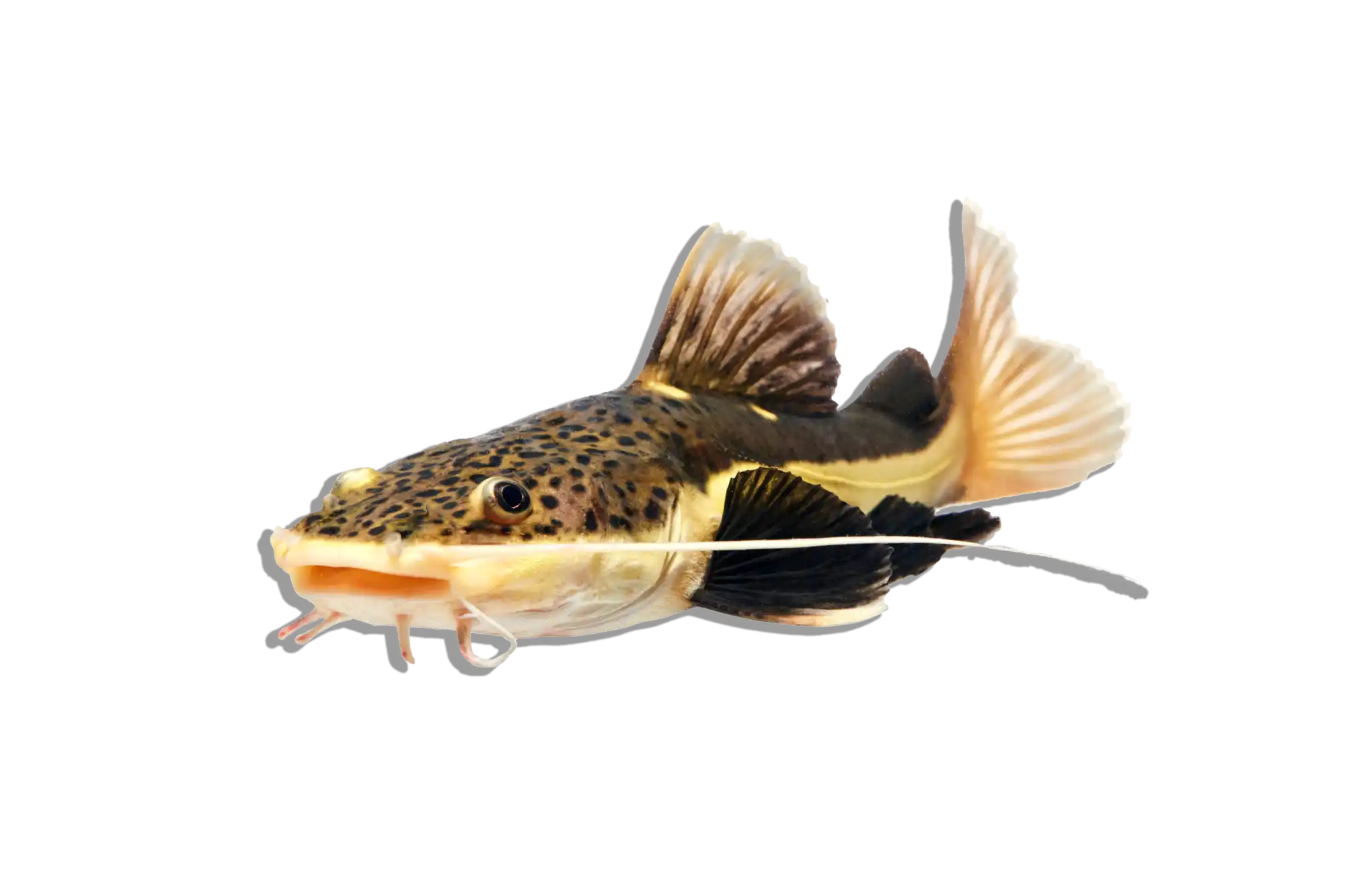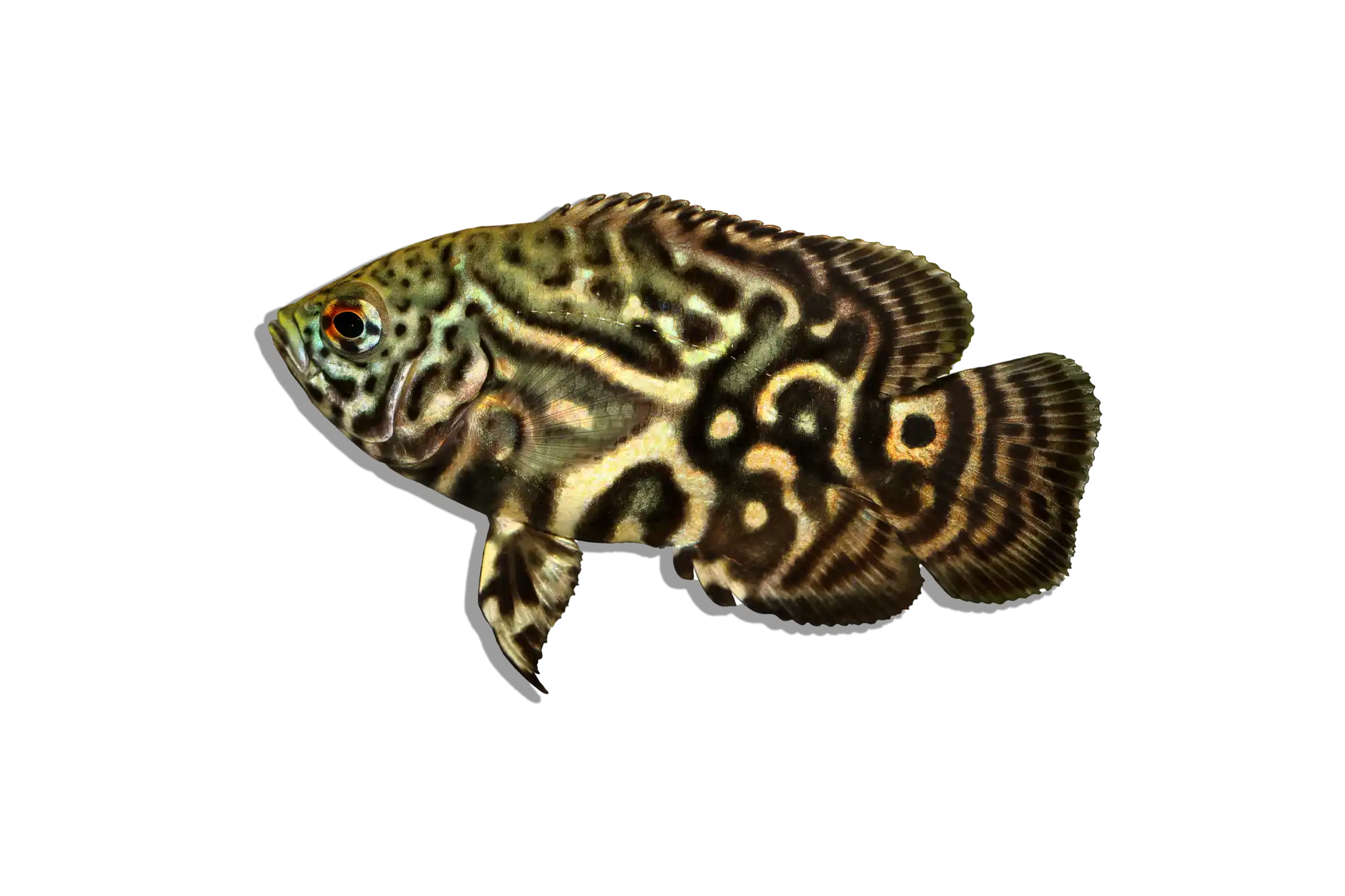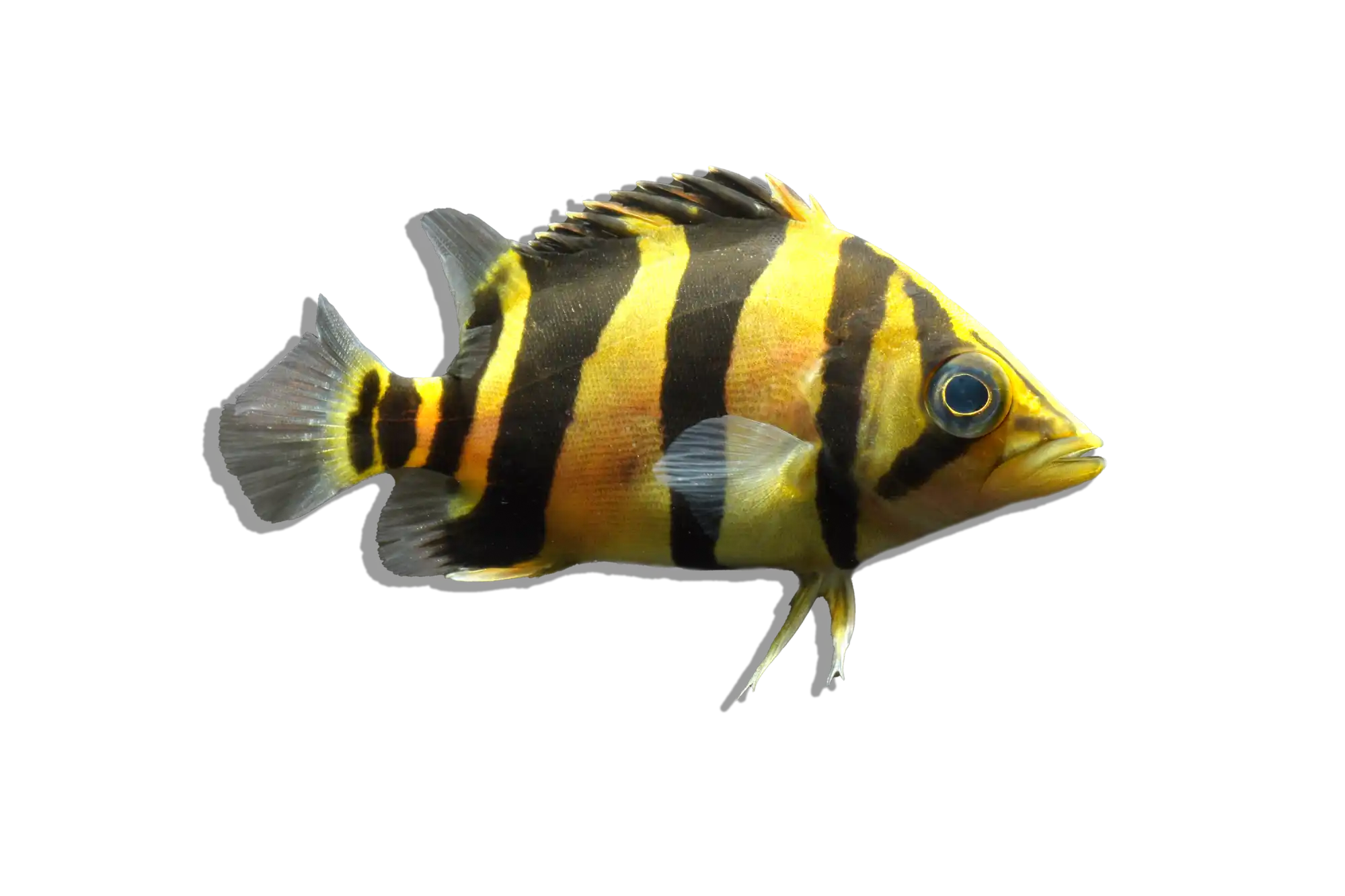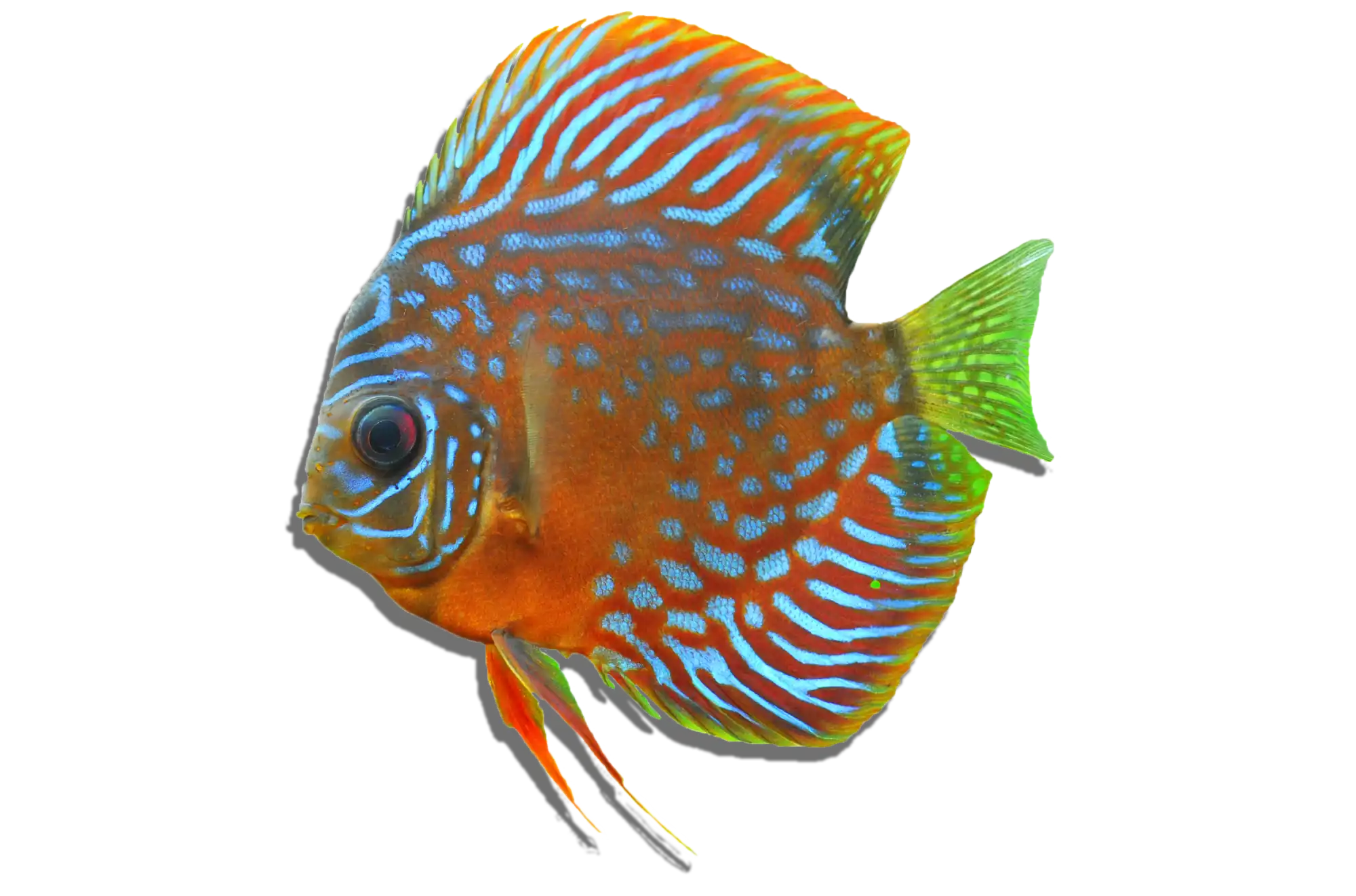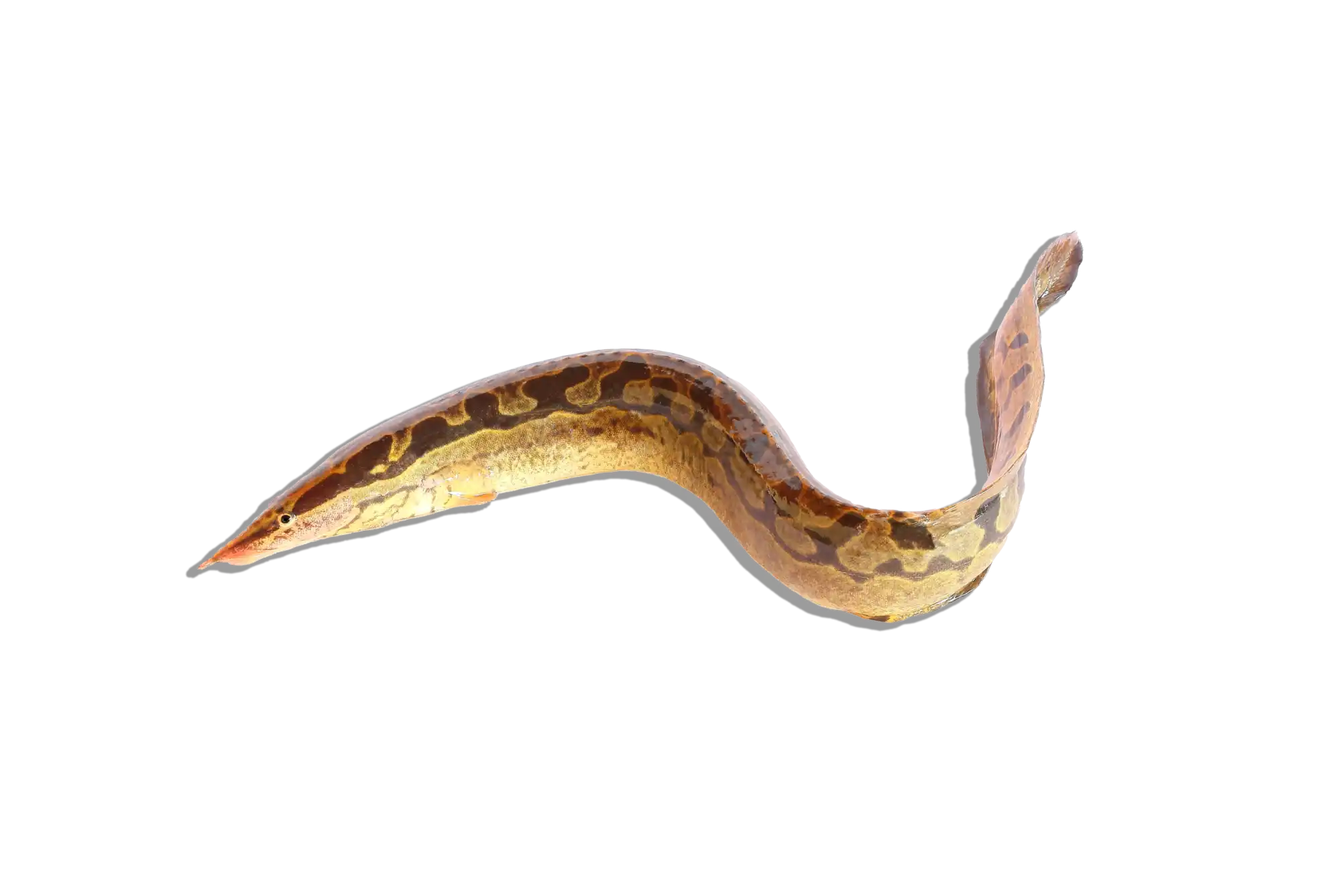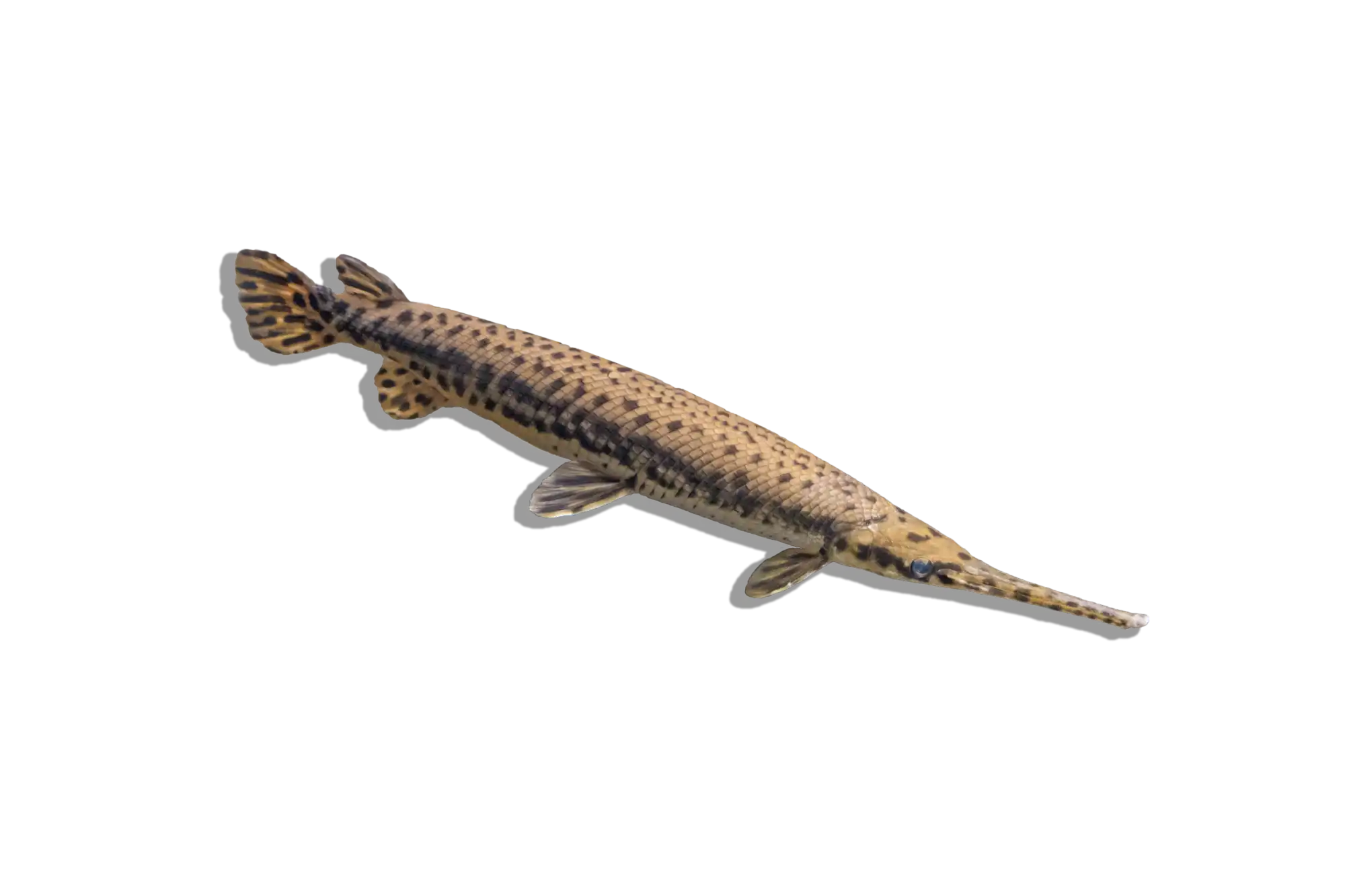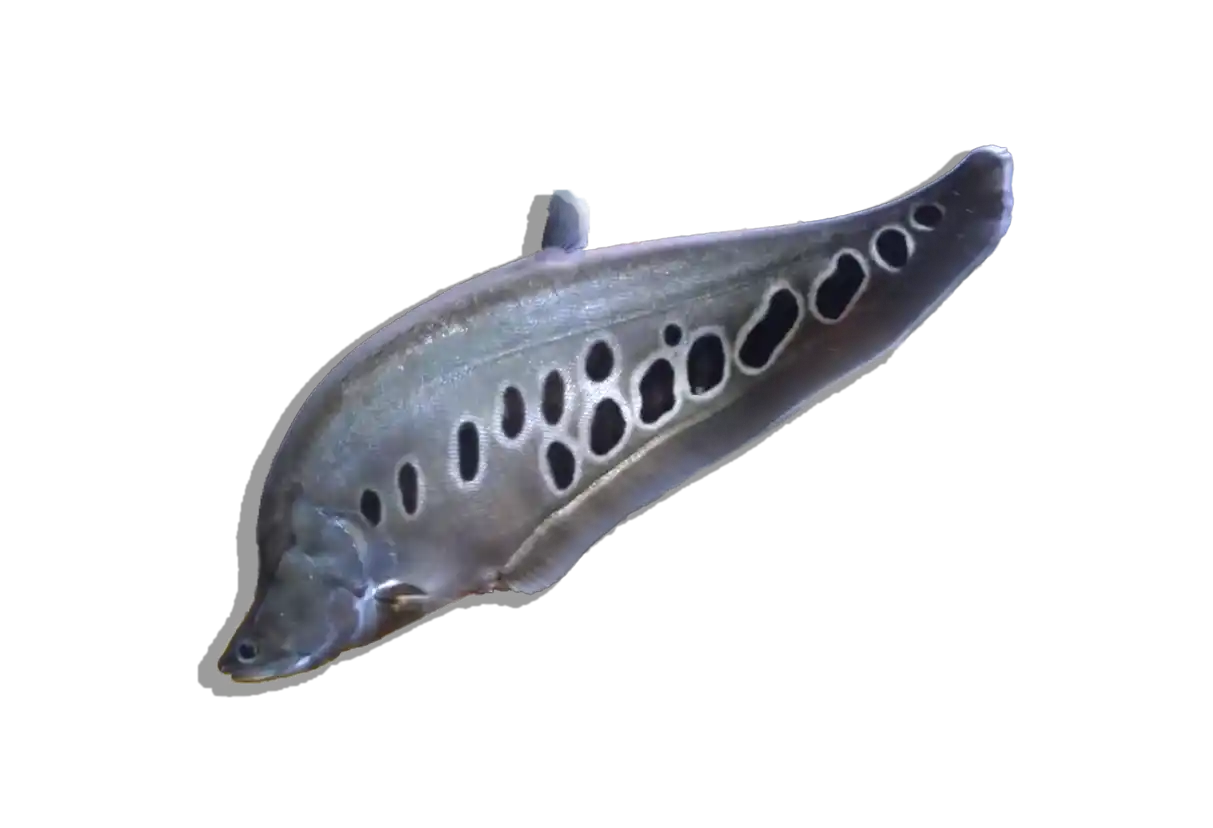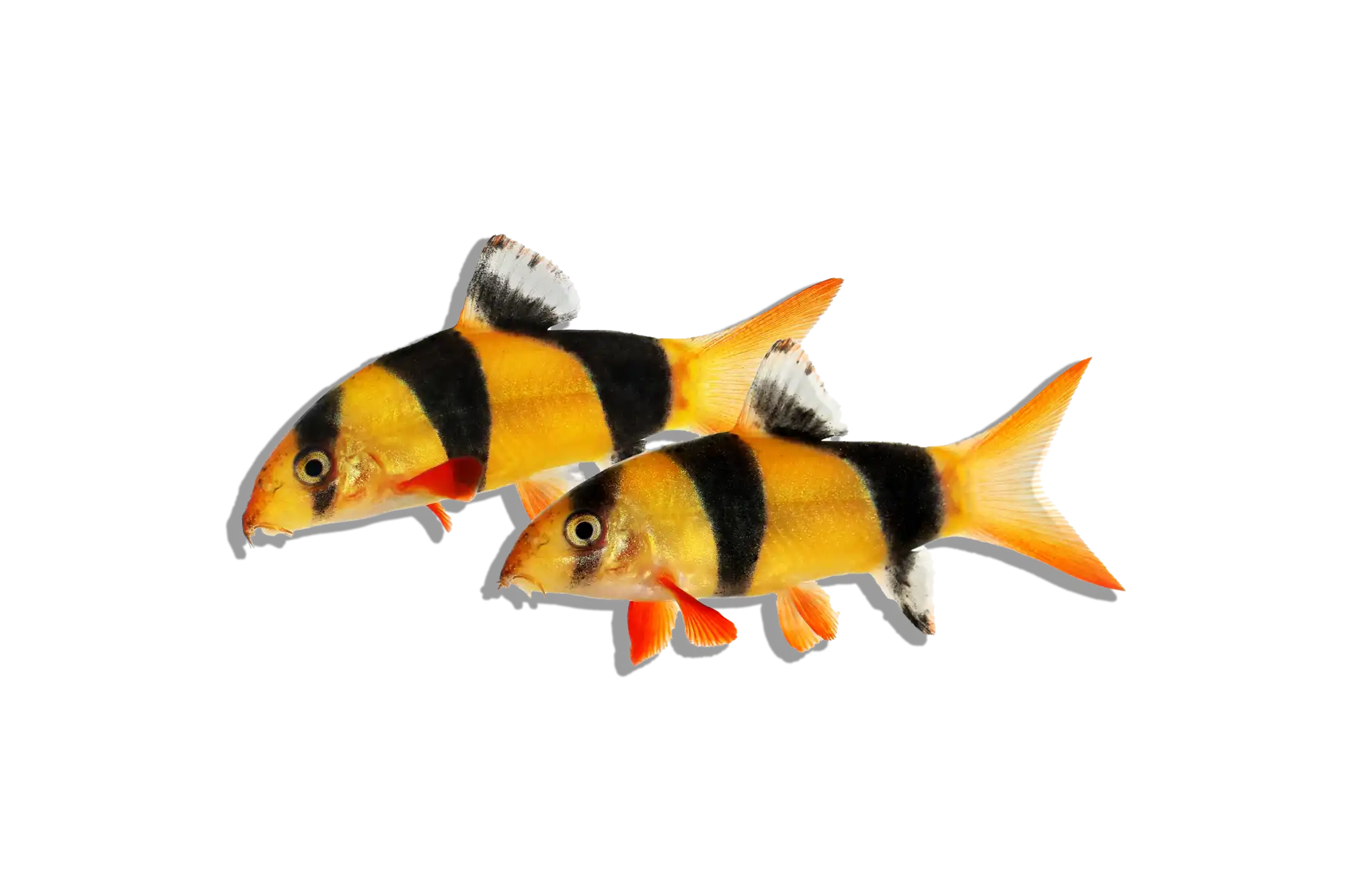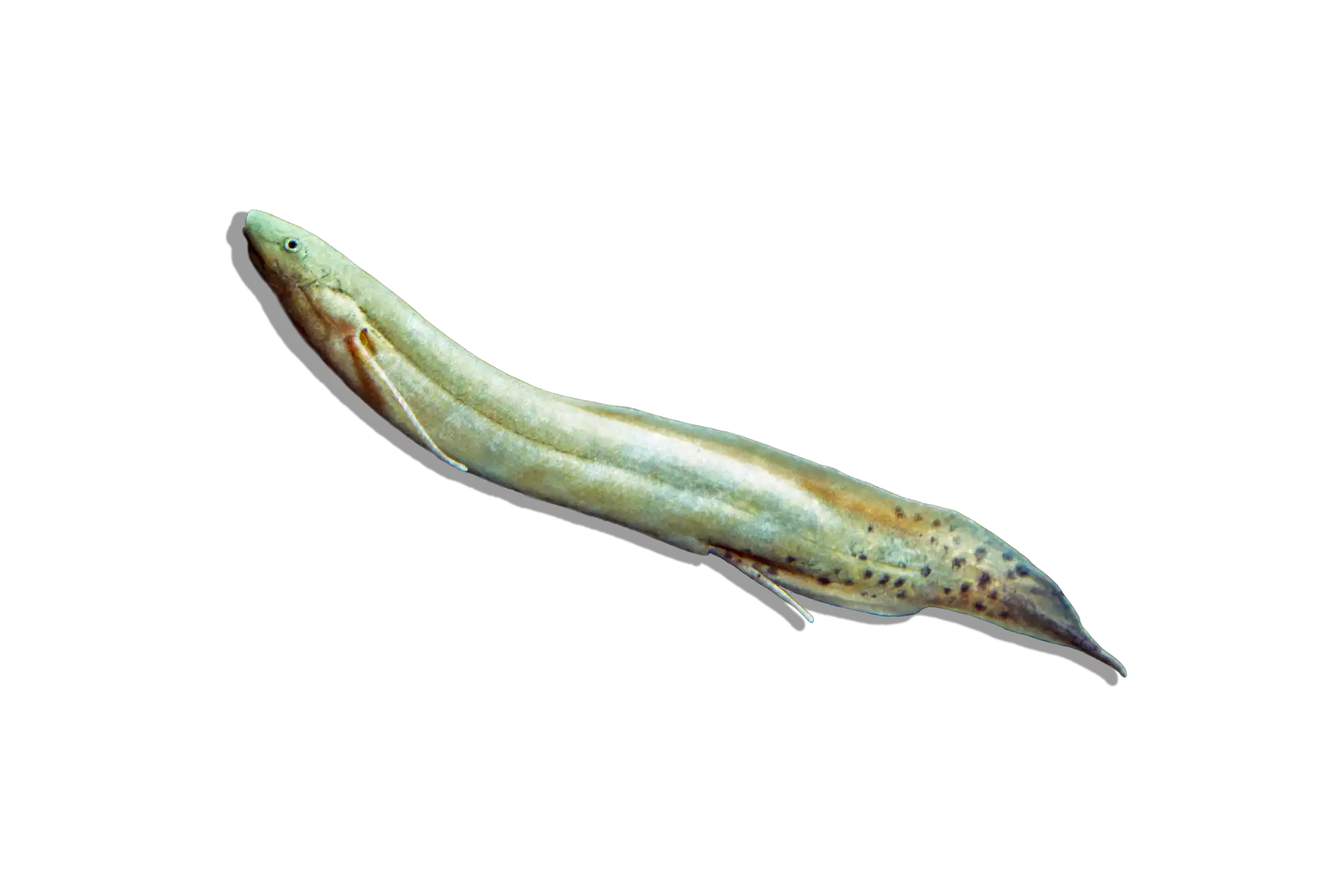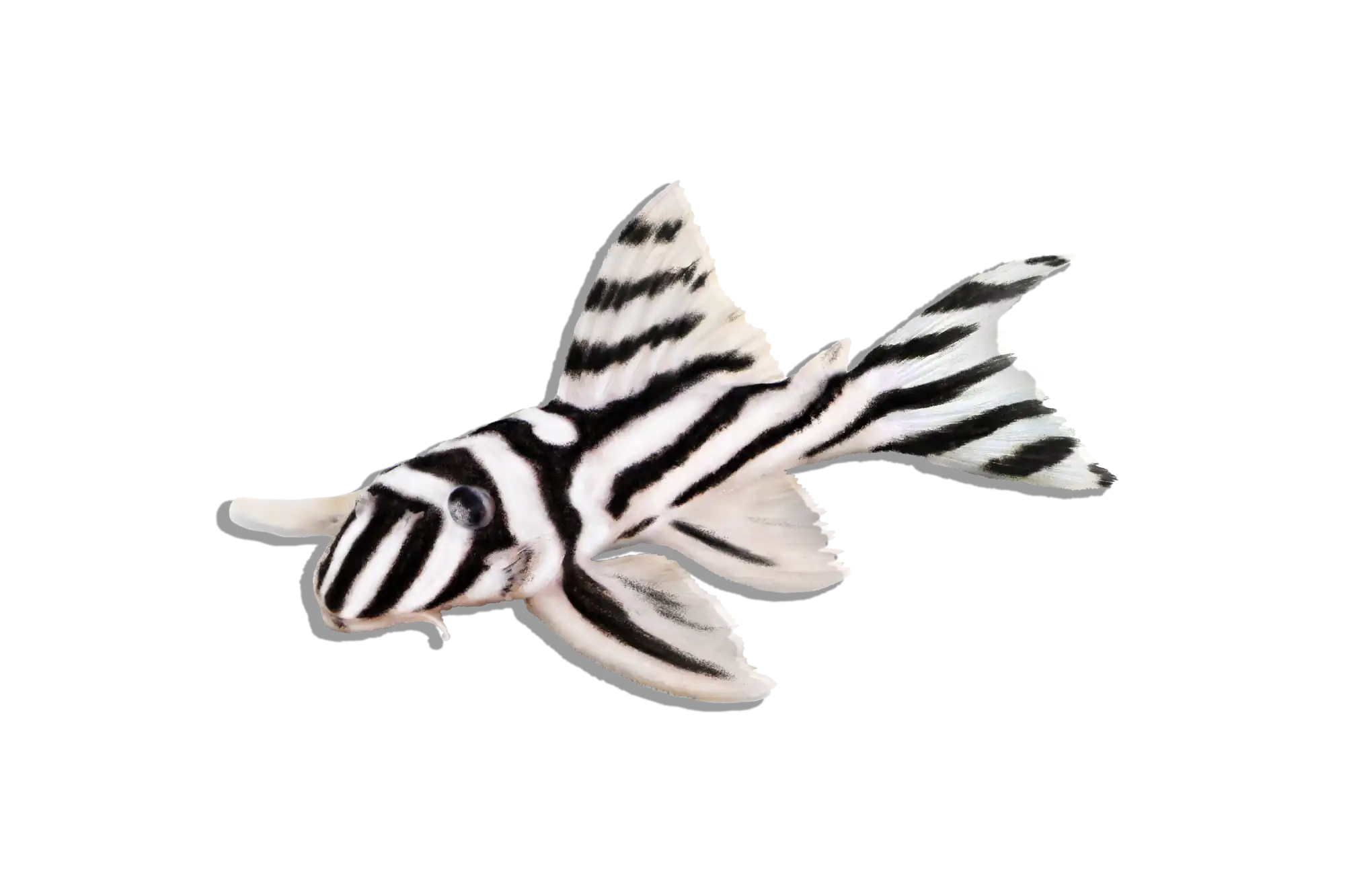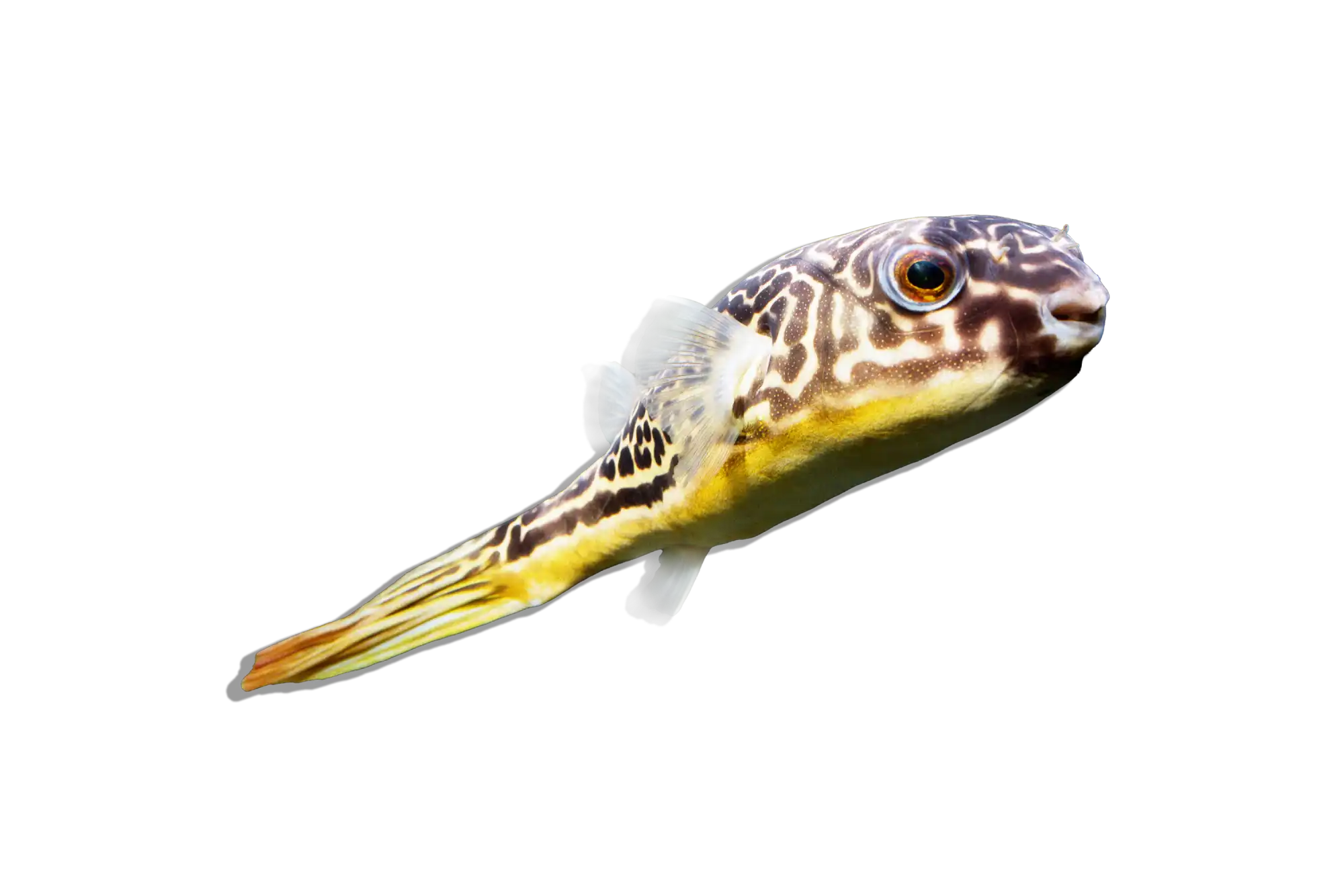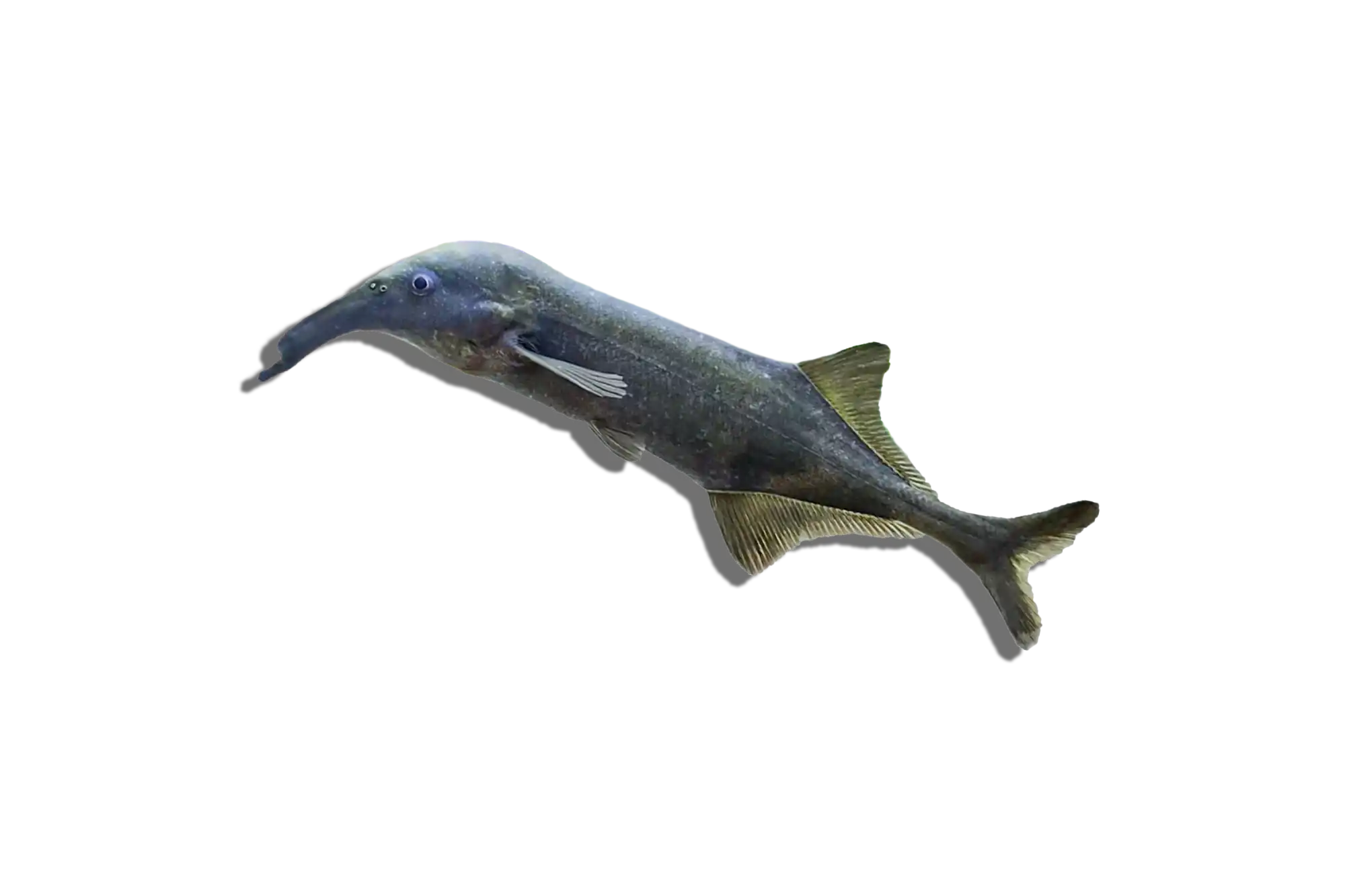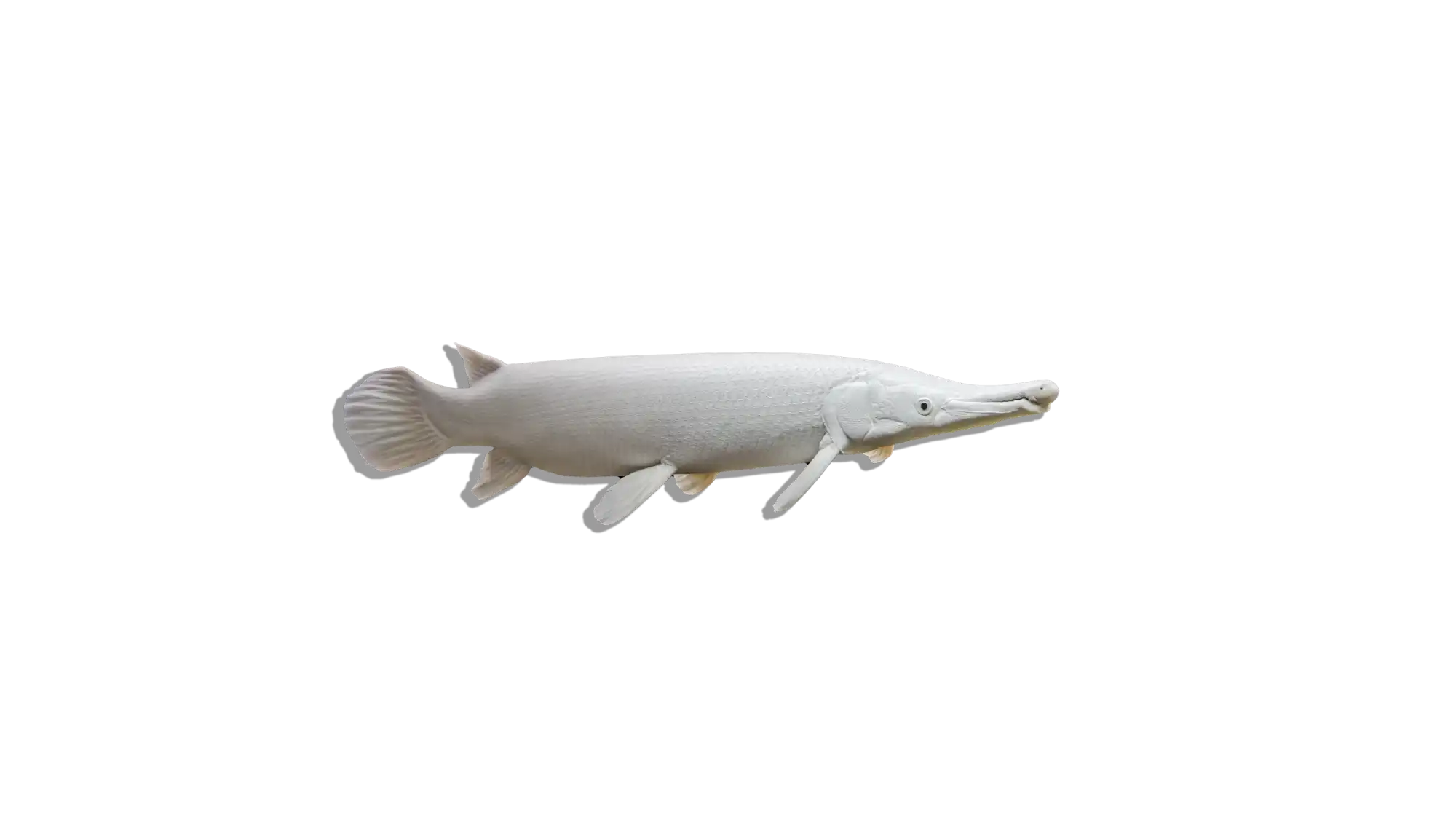Description
Common Name: Red Atabapo Fire Pike Cichlid
Scientific Name: Crenicichla sp. ‘Atabapo I’
Other Names: Fire Pike Cichlid, Atabapo Pike Cichlid
The Red Atabapo Fire Pike Cichlid is a striking species known for its elongated body and vivid red-orange coloration. Males typically exhibit brighter colors and may have extended fin rays, especially in the dorsal fin. This species has a predatory nature and is characterized by a slender body with an elongated snout, perfect for capturing prey.
Habitat and Distribution:
Originating from the Atabapo River in Colombia and Venezuela, this cichlid is found in blackwater environments, often with a soft substrate and submerged structures like fallen branches.
Size and Lifespan:
In captivity, they can grow up to 10-12 inches (25-30 cm). With appropriate care, their lifespan can range between 8 to 12 years.
Diet and Behavior:
Being a predatory fish, their diet in the wild consists mainly of smaller fish and invertebrates. In the aquarium, they should be offered a mix of meaty foods, including quality pellets, frozen foods like krill, prawns, and fish fillets. They are aggressive predators and can be territorial, especially during breeding.
Breeding and Reproduction:
Breeding can be challenging. They are substrate spawners and often prefer flat rocks or similar surfaces for laying eggs. The female guards the eggs while the male protects the territory.
Aquarium Care and Tank Requirements:
A minimum tank size of 90 gallons is recommended for a single fish, with larger tanks needed for groups or pairs. The tank should mimic their natural blackwater environment: soft, acidic water, dim lighting, and plenty of hiding places using driftwood and plants.
Ideal Tank Mates:
Given their aggressive and predatory nature, tank mates should be chosen carefully. Suitable companions include other large cichlids, catfish, and other robust species. Avoid keeping with much smaller fish as they may become prey.
Difficulty Level:
Intermediate to Advanced. Their aggressive nature and specific water parameter requirements can be a challenge for novice aquarists.
Water Parameters:
• Temperature: 75-82°F (24-28°C)
• pH: 6.0-7.0
• General Hardness (GH): 1-10 dGH
• Carbonate Hardness (KH): 1-5 dKH
• Ammonia: 0 ppm
• Nitrite: 0 ppm
• Nitrate: <20 ppm
Additional Information:
• Due to their territorial behavior, ample hiding spots and territory delineation can reduce aggression.
• Using peat or alder cones can help achieve the soft and acidic water conditions they prefer.
• Regular water changes and monitoring are essential to ensure optimal water quality.

